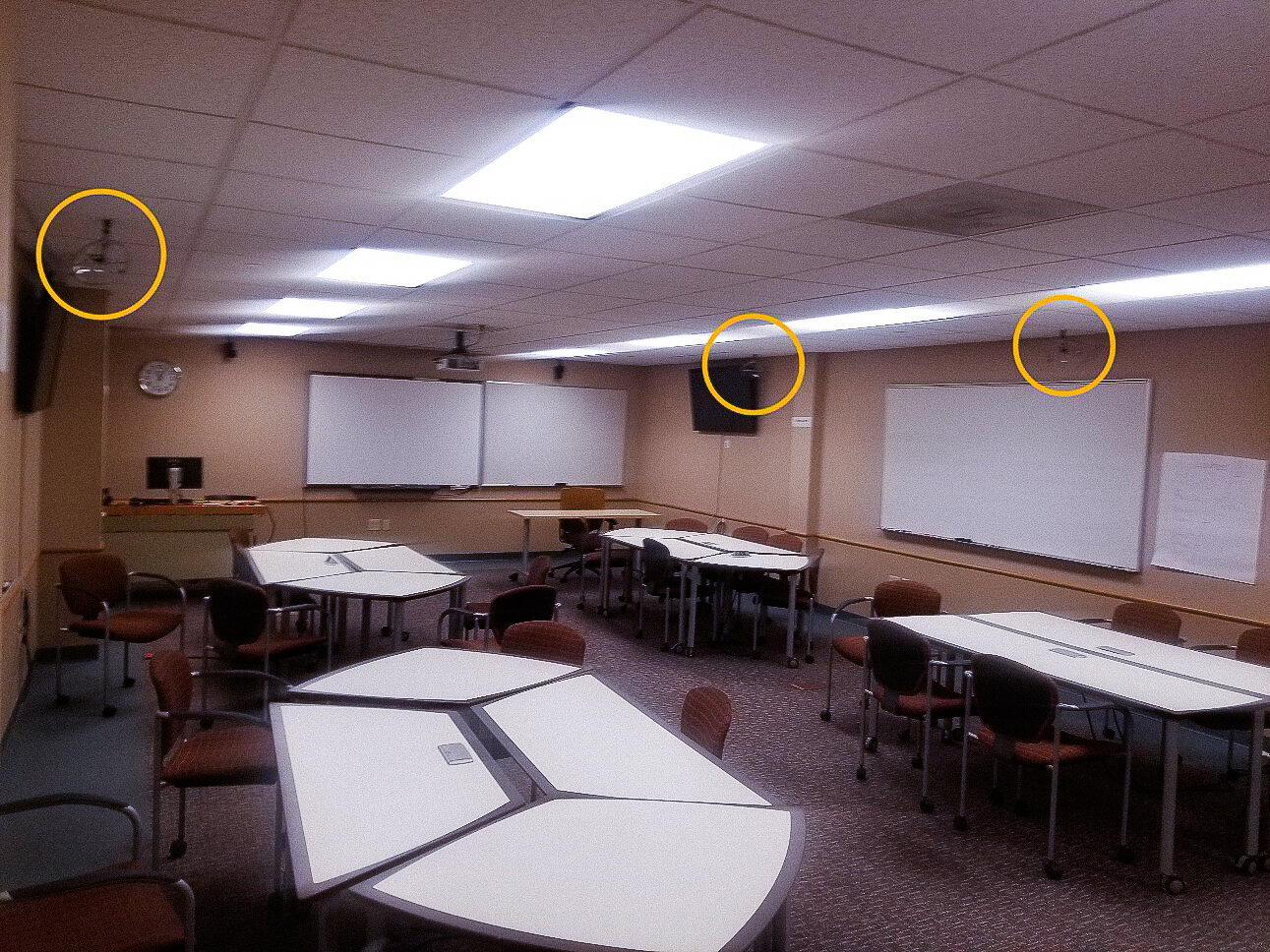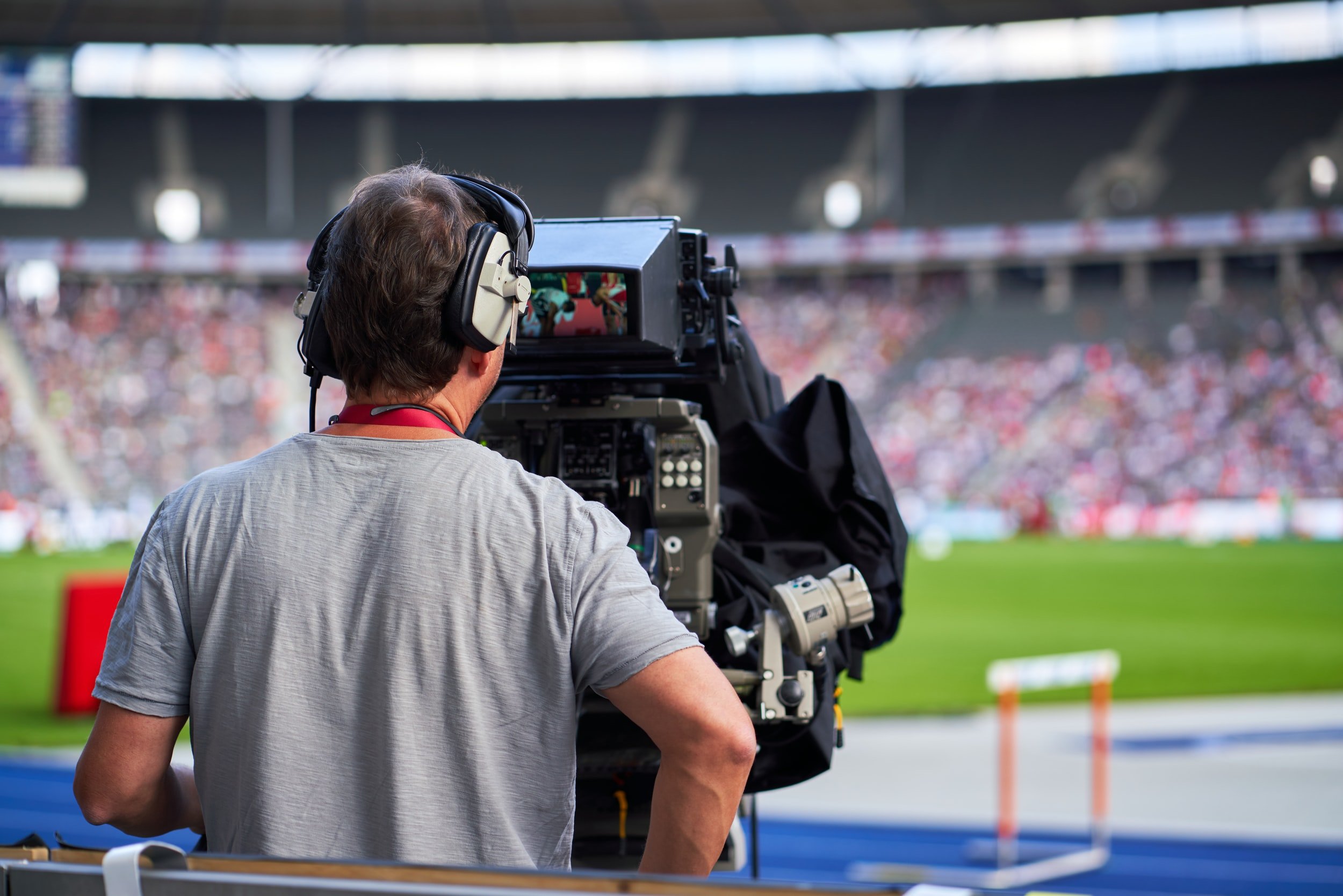
What is Phantom Power?
Did you know that many microphones require a power source, just like your toaster? In addition, there are two different requirements depending on which microphone you are using, Phantom Power or Plugin Power. That can be confusing!

TV Reporters and Social Distancing
Reporters are faced with a dilemma in the current environment of social distancing. How can they capture clear audio during an interview while maintaining a safe separation? Parabolic microphones, used primarily for sports, may provide a great alternative. Parabolic microphones provide a mechanical amplification for the sound coming from in front of the dish. This allows a person speaking at a normal level to be recorded from six to ten feet using a parabolic microphone only nine inches in diameter.

Capturing Audio for Classroom Streaming
Presenting classes online is becoming more common every year. Streaming video of the instructor is quite easy, and using a wireless mic provides great audio from the instructor. In addition, it is rather straight forward to add a second camera to capture video of the students. The challenge, however, is to capture audio of student questions and interaction.

Best Sound for Live Production, Shooting Indoor Sports
Because of the crowd noise that reverberates within the building, it can be extremely difficult to capture quality audio for indoor sports. The sample setups shown here are for basketball but are easily adapted to other indoor sports.

Best Sound for Live Production, Broadcasting Football
The parabolic microphones will capture the quarterback signals, player collisions, the football being kicked, etc. It is becoming quite common for a lineman to have a microphone imbedded in his pads to help capture the quarter back signals. You can often hear the microphone being turned off just after the ball is hiked.

Sound for Live Production, Better On-Field Sound
There are three keys to capturing better on-field audio. Using more microphones. Locating microphones closer to the action. Using more directional microphones for better isolation. While these three keys may seem rather obvious the application may not be. Let’s begin by examining how the networks typically capture audio at a baseball park.

Sound for Live Production - Part 1
The key to good audio for live production, as in all productions is isolation. By isolation I am referring to isolating, or emphasizing your desired audio against the ambient, or unwanted audio. Like almost everything else, the key is improving the signal to noise ratio.

Small Parabolic vs. Shotgun Mic
Many believe that all shotgun microphones have very tight pickup patterns similar to the polar pattern on the right. Unfortunately, this polar pattern shown is for a lobar microphone while only very few shotgun microphones have a lobar pattern. Most low-cost shotgun have a cardioid polar pattern while medium cost shotgun microphones have hyper-cardioid, or super-cardioid polar patterns.

